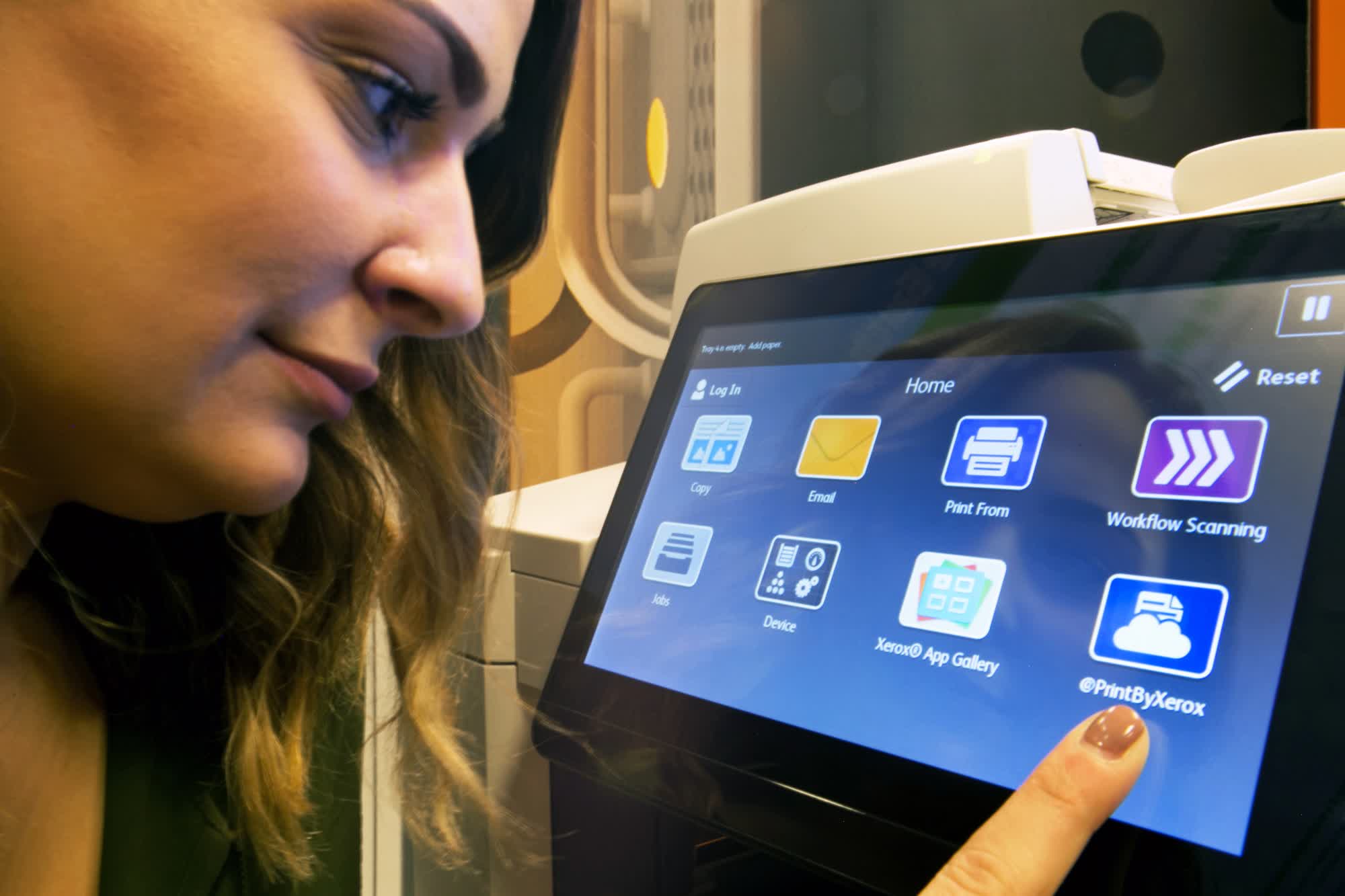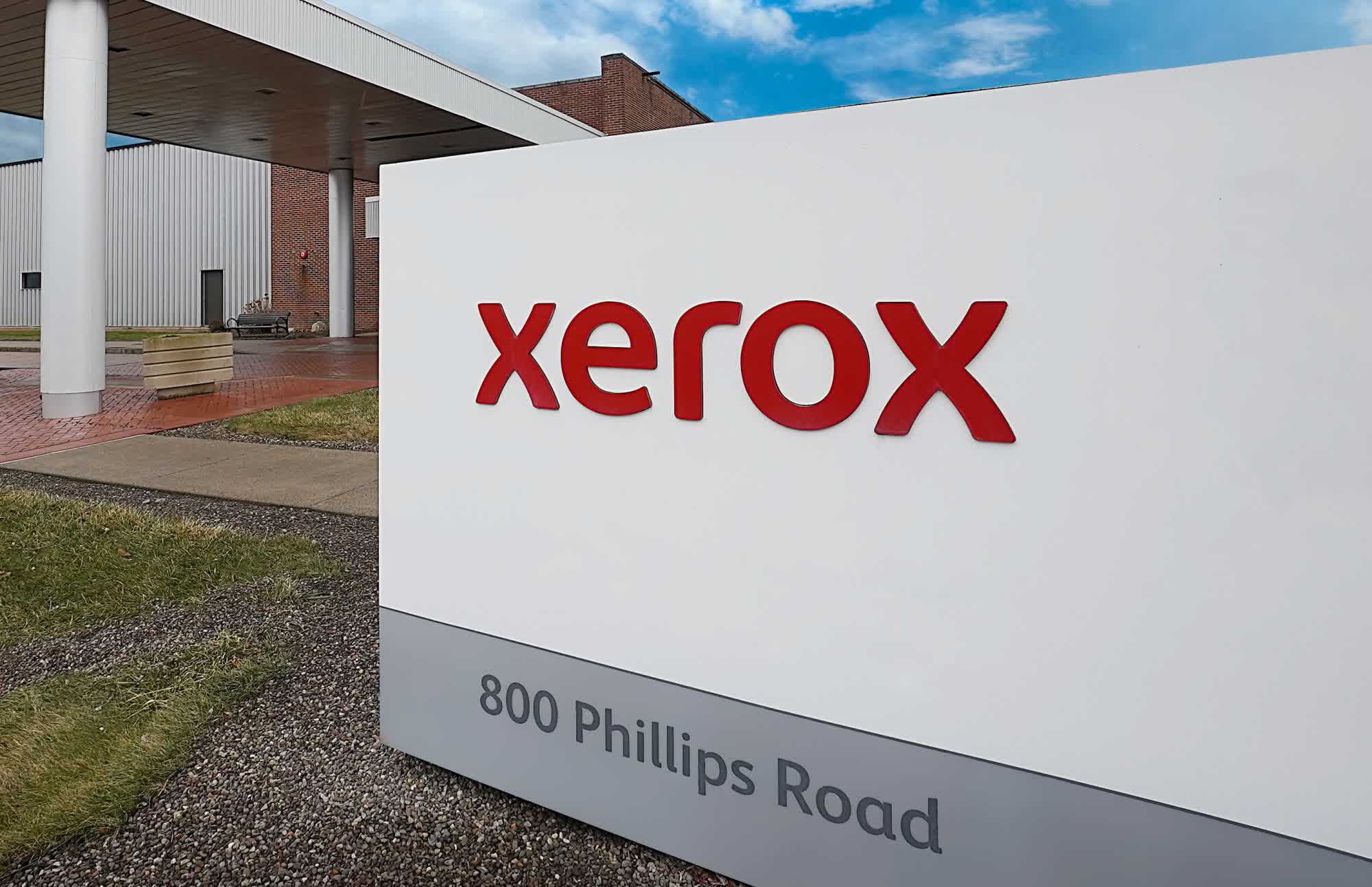The big picture: Xerox has closed its deal to acquire Lexmark in what would have been a landmark acquisition just a couple of decades ago. Instead, the $1.5 billion buyout has largely flown under the radar and is seen by some as a last-ditch effort to remain afloat.

Xerox announced plans to buy Lexmark late last year, but you're forgiven for not hearing about it at the time. To their credit, the two printing giants still have loads of brand recognition worldwide. The problem is that most consumers have long since moved on from at-home printing, leaving what is left of the industry to enterprise sectors like finance, healthcare, and government.
There are still needs to be met, clients to be served, and money to be made, but it's nowhere near as lucrative as it was before the digital revolution and the shift from computers to mobile devices.

Nevertheless, Xerox is looking to the future. The company said its combined business will serve more over 200,000 clients across more than 170 countries around the globe, and operate approximately 125 manufacturing and distribution facilities in 16 countries.
Xerox CEO Steve Bandrowczak is sticking around and will continue to run the company, but Lexmark president and chief executive Allen Waugerman is stepping down. The executive said leading Lexmark has been an incredible opportunity, adding that he looks forward to the accomplishments that lie ahead.
Xerox financed the deal with a combination of cash on hand and debt, and said it expects it to be accretive next year. By the end of the second year, Xerox anticipates roughly $240 million of transaction-related cost synergies.
Lexmark was founded in early 1991 and became a publicly traded company in 1995. The business peaked in the early 2000s, and it's been mostly a downhill ride ever since. Lexmark exited the inkjet printer business in 2012 and eventually went private in 2016.
Xerox, which pioneered the photocopier industry, has been around since 1959. Like Lexmark, its value hit an all-time high around the turn of the century.
Xerox acquires Lexmark for $1.5 billion as legacy print giants consolidate